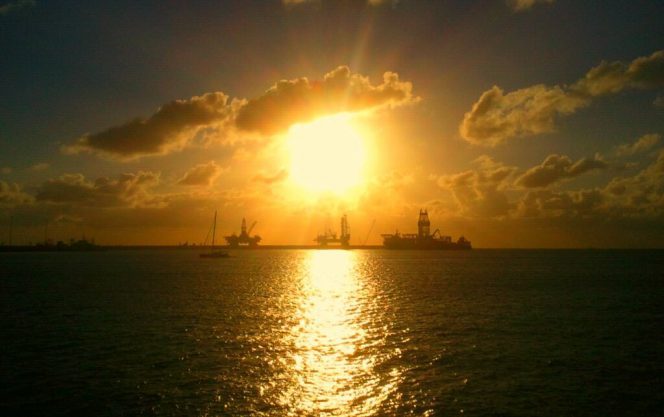Part 1 of Interview on Guyana ExxonMobil PSA
This blog begins with answers I provided to questions asked of me by a Guyanese reporter regarding the Guyana – ExxonMobil production sharing agreement (contract) and other issues pertaining to oil and gas development in Guyana. I responded to six specific questions, and share my answers with you as three separate blog posts: Part 1-, Part 2-, and Part 3- of Interview on Guyana ExxonMobil PSA. To the best of my knowledge, the newspaper has not yet published my answers.
Question 1.
I understand that you had written the government in relation to providing your services during the negotiation of the Guyana-ExxonMobil deal. Now that you have had the chance to peruse the document, is there any particular area that you would have ensured Guyana had a bigger take?
Answer to Question 1.
In 2015, I wrote the Guyana Government and offered to provide ‘Energy Transactions Legal Services Supporting Guyana’s Oil & Gas Development Program’. However, at that time, I was unaware that Guyana’s PSA with ExxonMobil and its partners would be modified.
After it became public, I reviewed the June 27, 2016 Petroleum Agreement between the Government of Guyana and the Contractor (ExxonMobil and its partners) – commonly known as the ExxonMobil PSA. While there is no particular area of the agreement where I would have ensured Guyana had a “bigger take”, there are specific provisions or issues that, in my opinion, need more attention and should be addressed. Specifically, cost recovery, local content, the Government’s audit and inspection rights, and the stability clause need more attention.
Cost Recovery. Oil & Gas exploration is a very risky business. An exploration and production project consists of five phases – exploration, appraisal, development, production, and decommissioning. Exploration is very costly and the riskiest phase. Advances in exploration techniques, seismic technology, and data interpretation improved oil and gas exploration outcomes from about 10 percent to about 30 percent in recent decades, significantly reducing that risk. Deepwater exploration is the riskiest. ExxonMobil’s 80 percent success rate in the Guyana basin is unprecedented. In new frontiers like Guyana, International Oil Companies (“IOCs”) take significant risk, employ large amounts capital and expertise, and the prospect of discovering a new resource basin is low. Arguably, ExxonMobil’s Stabroek Block success has de-risked the Guyana basin.
Under the ExxonMobil PSA, the contractor is allowed to recover its project cost as cost oil and/ or cost natural gas from oil and gas sales, capped at 75% of all revenues per month. Thereafter, the Government and Contractor share the profit oil 50/50. Notably, the contractor pays zero taxes on its take of production. Under the agreement, the contractor shall recover, as ‘Recoverable Costs’, all of its exploration-, development-, operating-, service-, G&A (general and administrative)-, and overhead- costs. Article 11.2 of the PSA provides that all Recoverable Contract Costs shall be recovered from oil and/ or natural gas produced and sold from the Contract Area (i.e., the Stabroek Block). Issue: Inadequate Ring Fencing. A proper ‘ring fence’ prevents revenues from oil and gas extraction being reduced by losses or costs from other activities unrelated to the producing field. Ring Fencing is especially important where the contract area is very large. This is indeed the case for the Stabroek Block that comprises of 26,806 square kilometers (or 10,350 square miles), a very large contract area. Clear language limiting recovery of exploration costs only from development fields in the Contract Area should be incorporated in the PSA. Otherwise, with prolific producing fields, the Contractor sees no real risk, and has little incentive to be prudent in its exploration efforts outside the producing or development fields … because it knows it can extract more of Guyana’s revenues as cost recovery. This is a major risk for Guyana. Moreover, it is imperative that the Government: (i) exercise significant oversight on the Contractor’s cost recovery regime, and (ii) impose upon and hold the Contractor to a strict fiduciary duty in developing, producing, and managing Guyana’s oil and gas reserves in its Contract Area.

